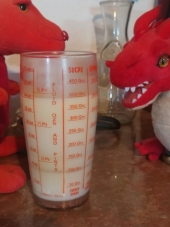The reason to scan at the maximum possible quality, is that once information is lost, it can't be recovered. The only way to fix it, is to scan the picture again.
That being said, with a trained eye, you can see the resolution of the picture and then set the scan resolution to be roughly twice that, but even moderate quality prints should have 300 DPI or more, meaning scanning at 600 DPI is required to no loose details.
There are two classes of image compression:
- lossless. (TIFF, PNG). The original image can be reconstructed perfectly.
- lossy (JPEG, WEBP) The image does not contain the full information. "information of lesser visual importance" is thrown away (details in dark areas, colors are stored at half the resolution). These cannot be edited because any editing will make the compression artifacts visible.
When the picture is edited and placed in the book at whatever size it happens to be, during the PDF export step, the picture is scaled down and compressed to the appropriate level.









